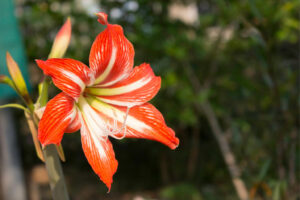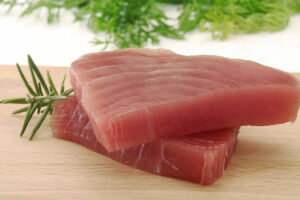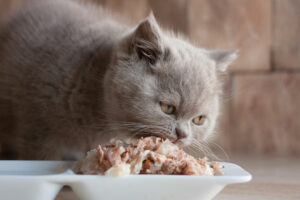6 ways to get rid of mosquitoes in the lawn or yard

One’s outdoor space, whether a backyard or a simple garden, offers a delightful setting for relaxation and communing with nature. But this experience can take a nosedive if mosquitoes invade the area. The constant buzzing and bites can quickly spoil any outdoor gathering. While applying mosquito repellent to one’s skin can provide temporary relief, it’s wiser to address the root cause. Here are some things to avoid and strategies to implement to control mosquitoes.
Things to avoid to repel mosquitoes
Letting the water stagnate
Mosquitoes are notorious for breeding in areas where water remains stagnant or still. These potential breeding grounds include ponds, puddles, clogged gutters, rainwater-filled buckets, waterlogged potted plants, pet bowls, or swimming pools. The problem can worsen if there are algae on these water bodies. So, one should remove stagnant water from one’s garden or yard. It’s important to note that mosquitoes cannot lay their eggs in flowing water. So, if one is looking to have water outdoors and also maintain a mosquito-free environment, a fountain or other water features with continuous water movement are relatively safe options.
Blocking the sunlight
In addition to dampness, mosquitoes thrive in areas that are cool and dark. So, it’s advisable to trim one’s overgrown bushes or shrubs and allow sunlight to penetrate the foliage. This not only discourages mosquitoes from making a garden their sanctuary but also promotes a healthier outdoor environment.
Letting debris collect
Debris like twigs, plant trimmings, dried leaves, and sticks collected in the garden can quickly become homes to mosquitoes. They often used these as hiding spots to protect themselves from the sun’s heat and gusts of winds. To keep mosquitoes at bay, it’s essential to give them as little hiding space as possible. Regularly cleaning one’s garden of debris not only eliminates mosquito hiding spots but also enhances the overall aesthetics of one’s outdoor space.
Not trimming the lawn
Tall grass or overgrown lawns also become a breeding and hiding ground for these pesky bugs. To maintain a mosquito-free outdoor space, regular lawn maintenance, including mowing, pruning, and trimming, is crucial to eliminate their potential breeding and hiding spots.
Not filling tree holes
Some tall trees have voids that help them to retain water. It’s important to fill these holes to avoid mosquito breeding.
Not repairing water leaks
Water leaks from different sources, including damaged faucets and pipes or broken garden sprinklers, can cause puddles and become homes to egg-laying mosquitoes. So it’s advisable to repair them as soon as possible.
Effective measures to control mosquito
Spread cedar mulch
One can also add a layer of cedar mulch, which is leftover wood chippings from cedar trees to the soil. This organic material soaks up any excess water and is known to repel mosquitoes. In addition, it also insulates the soil, keeping it warm during winter and cool during summer.
Utilize mosquito-repellent plants
Mosquito-repellent plants like citronella, lavender, rosemary, and marigold emit fragrances that are highly displeasing to mosquitoes. So, they act as a natural deterrent. By strategically placing such plants in one’s garden or patio, one can not only repel the bugs but also enjoy the beauty and fragrance of these plants within one’s property.
Use an aerator
An aerator is a small machine that circulates water in a waterbody, like standing water or ornamental pools, and increases the dissolved oxygen level in the water. The constant movement propelled by an aerator discourages mosquitoes from laying their eggs in such water. Similarly, the added oxygen makes it difficult for the larvae to survive, which requires carbon dioxide to grow.
Install a fan
Mosquitoes are slow fliers with a flight speed of about 1 to 1.5 miles per hour. So, even a gentle breeze can make it difficult for them to land. By strategically placing fans on patios, decks, or outdoor seating areas, one can enjoy mosquito-free outdoor gatherings while staying cool and comfortable.
Install insect-repellent lights or light candles
One can also light candles and lanterns or use insect-repellent sodium lamps known to deter mosquitoes. Citronella candles are renowned for their mosquito-repelling capabilities. Choosing yellow bug lights or LED lights can be helpful since they are less inviting to mosquitoes than conventional white bulbs.
Attract predators
Another effective strategy is to attract birds that are mosquito predators. These may include migratory songbirds, sparrows, bats, and swallows. If one puts up a welcoming environment for these birds with birdhouses and bird feeders, they can help to control mosquito populations naturally. Eventually, their constant presence can ward off these insects.



